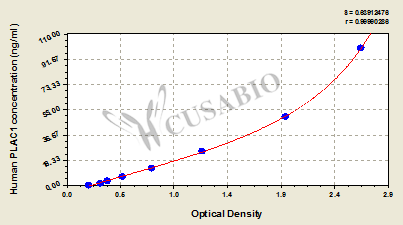Regarding your ELISA kit CSB-EL018108HU, could you please advise on the following:
1. Capture Antibody: host animal species, clonality
a. Immunogen:
i. animal species immunogen sequence comes from? (Uniprot ID, if available)
ii. Expression host of immunogen
iii. native or recombinant?
iv. full-length vs. partial?
2. Detection Antibody: host animal species, clonality
a. Immunogen:
i. animal species immunogen sequence comes from? (Uniprot ID, if available)
ii. Expression host of immunogen?
iii. native or recombinant?
iv. full-length vs. partial?
3. Standard:
i. animal species the sequence comes from? (Uniprot ID, if available)
ii. Expression host?
iii. native or recombinant?
iv. full-length vs. partial?
Also, what sample types have been tested with this kit, and what were the reference values?




